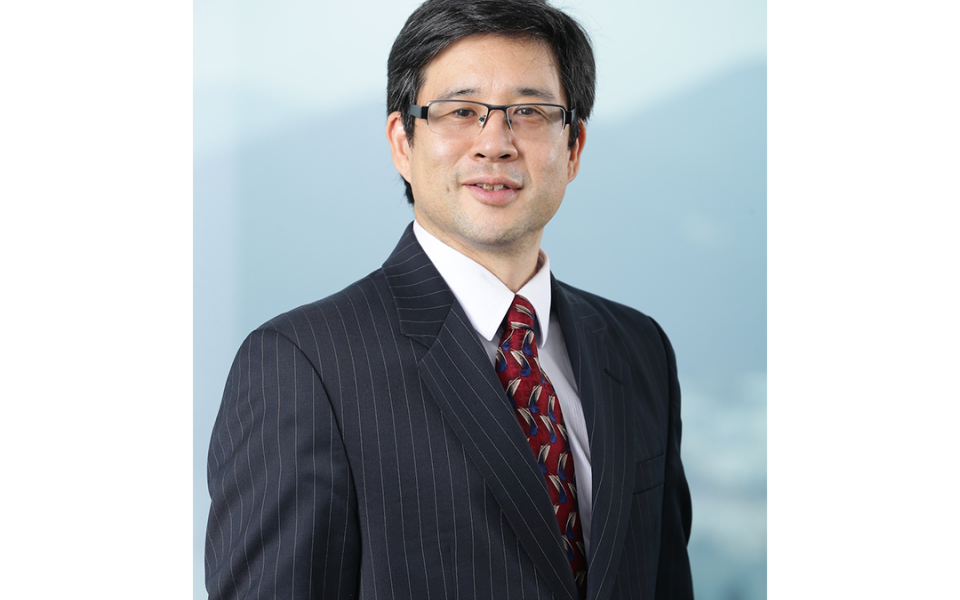The Belt and Road Initiative in ASEAN - Myanmar
HKUST IEMS Reports No. 2021-04
The study aims to provide insights into the political, institutional, and environmental factors that affect the design and implementation of Belt and Road Initiative (BRI) projects in Myanmar, the potential for BRI investments to spur private investment and other foreign direct investment (FDI) opportunities, and any potential role for the Hong Kong SAR.
After the 2019 Belt and Road Forum for International Cooperation, the Burmese government led by Aung Sang Suu Kyi revived its support for the China Myanmar Economic Corridor. The government has created a ‘Project Bank’ to streamline the evaluation and approval of large infrastructure projects. In 2019, Myanmar was not able to attract relocating factories from the US – China trade tension due to its lack of infrastructure and skilled labour. Hence, the country remains a less saturated market for investments in capital and labour-intensive industries with medium technology requirements.
UOB Hong Kong collaborated with the Institute (Albert Park, Angela Tritto, and Dini Sejko) from 2018 to 2020 to conduct a research project titled “the Belt and Road Initiative in ASEAN”. It covers six emerging markets in ASEAN, including Indonesia, Malaysia, Myanmar, the Philippines, Thailand and Vietnam. It aims to provide insights into the political, institutional, and environmental factors that affect the success of the Belt and Road Initiative projects in these markets and the potential for foreign direct investment opportunities.
Find out more about The Belt and Road Initiative in ASEAN - Myanmar here.





